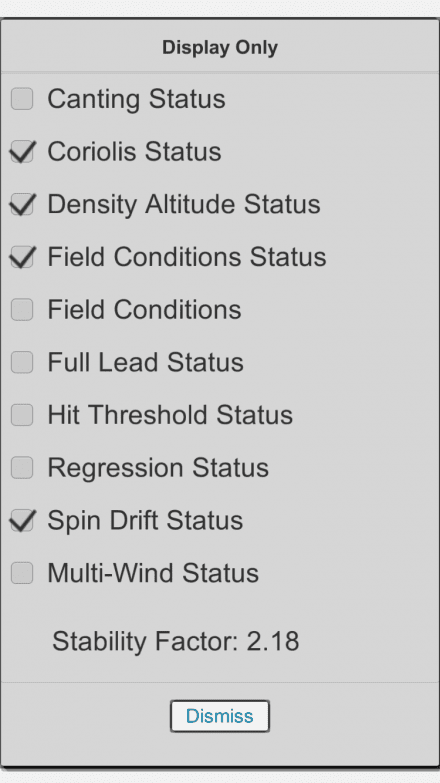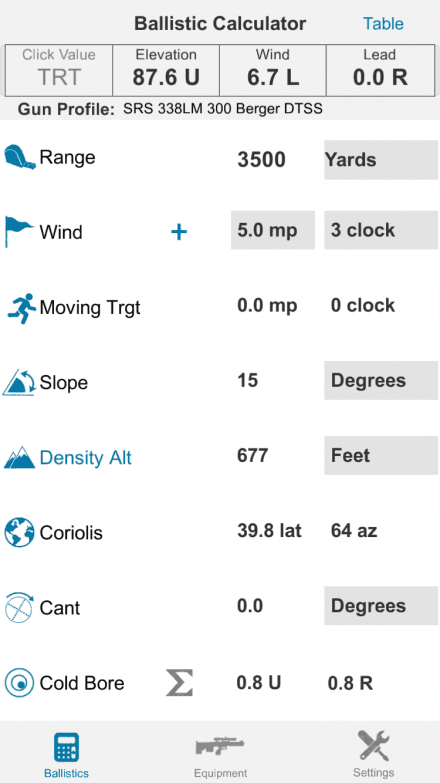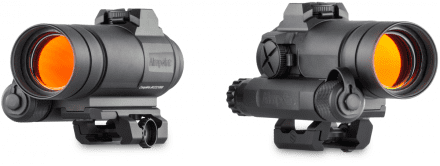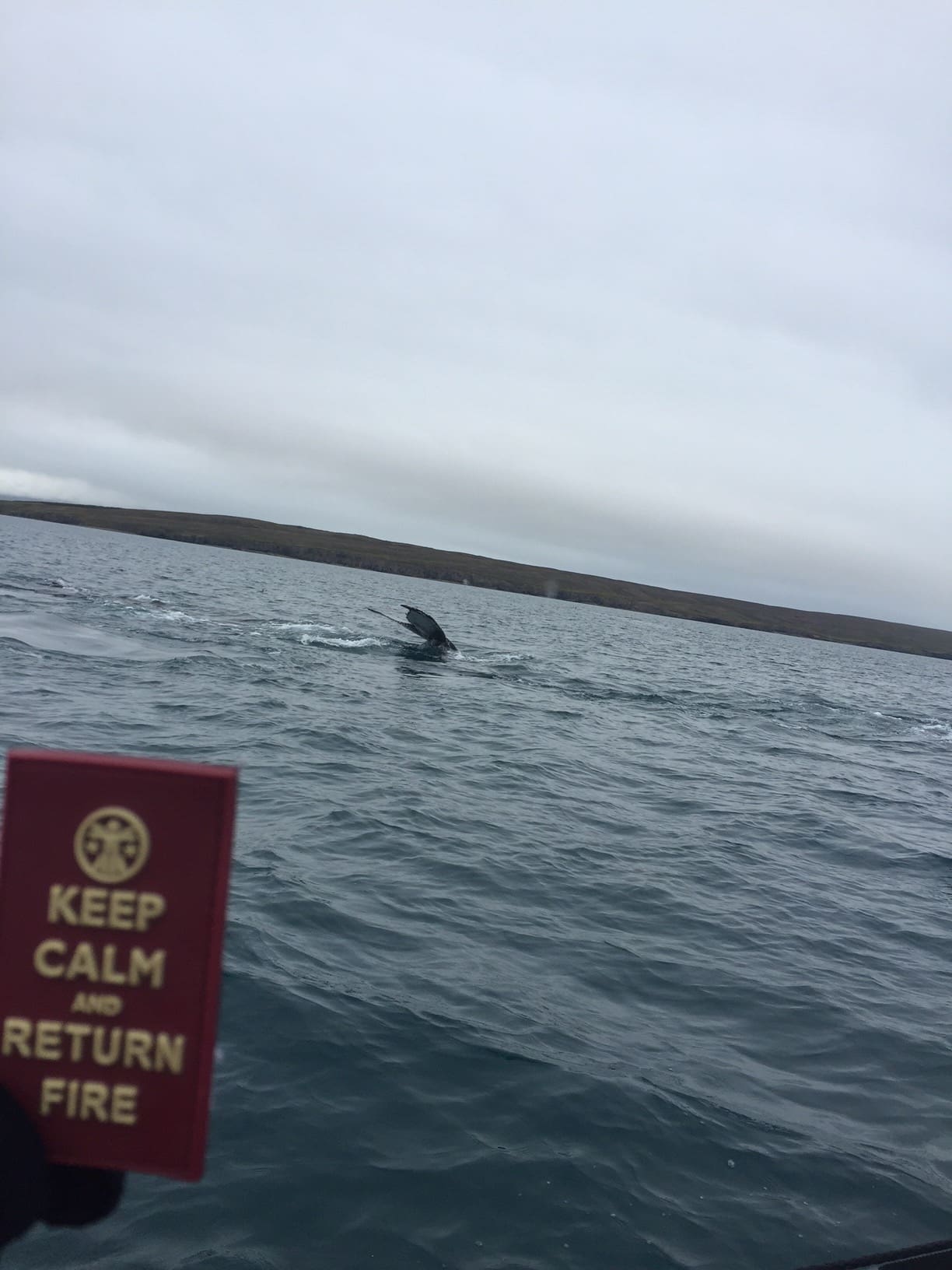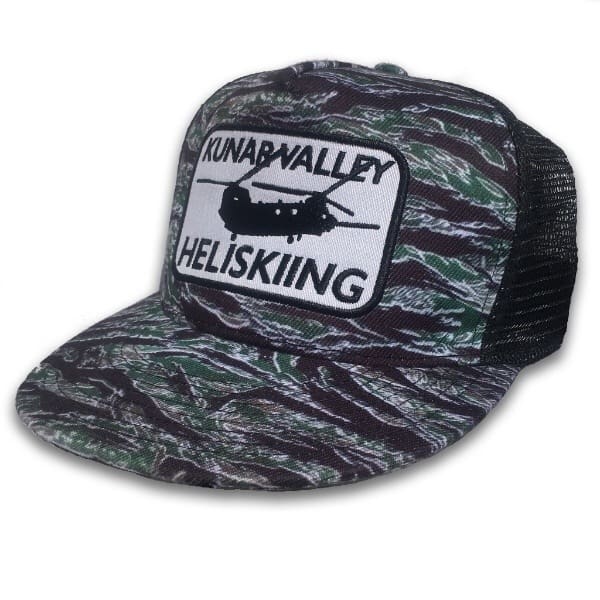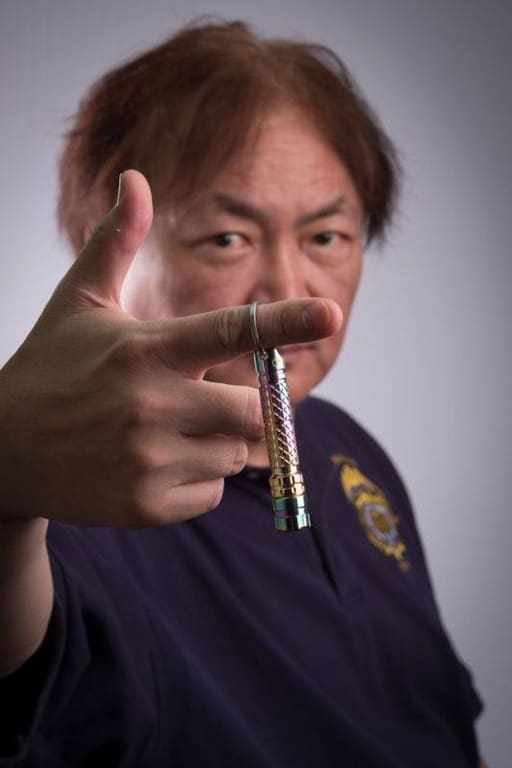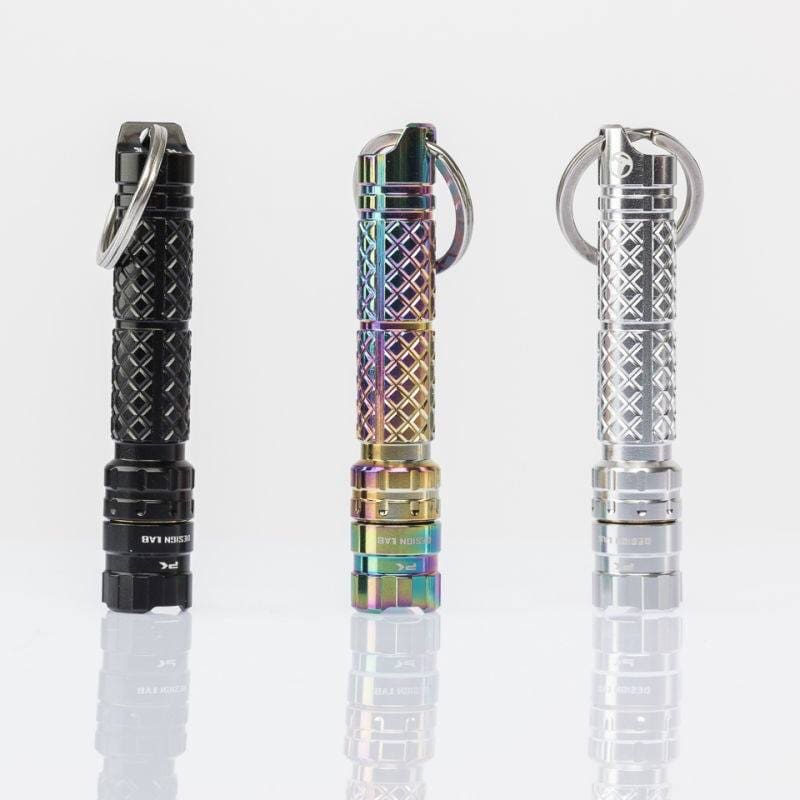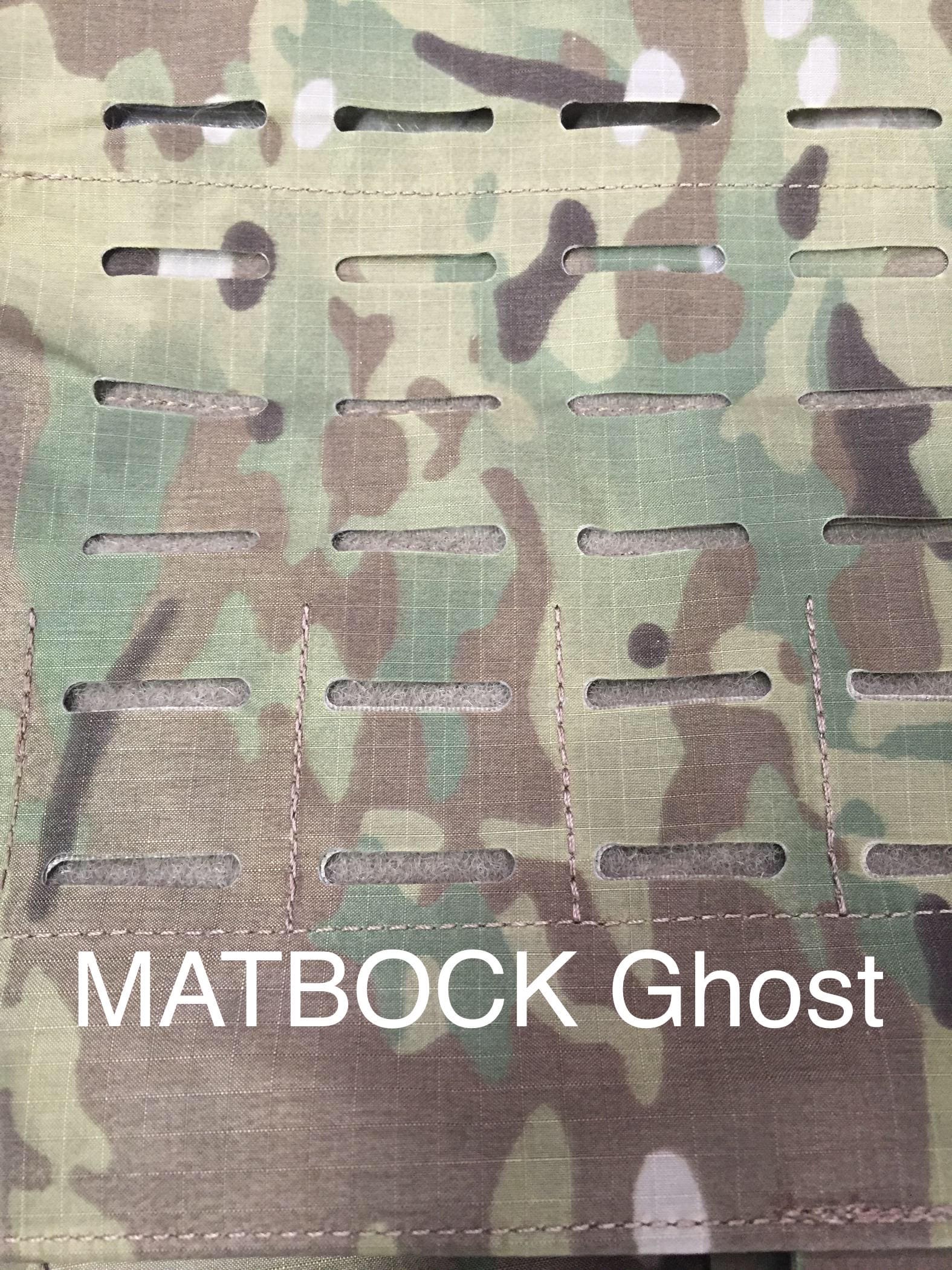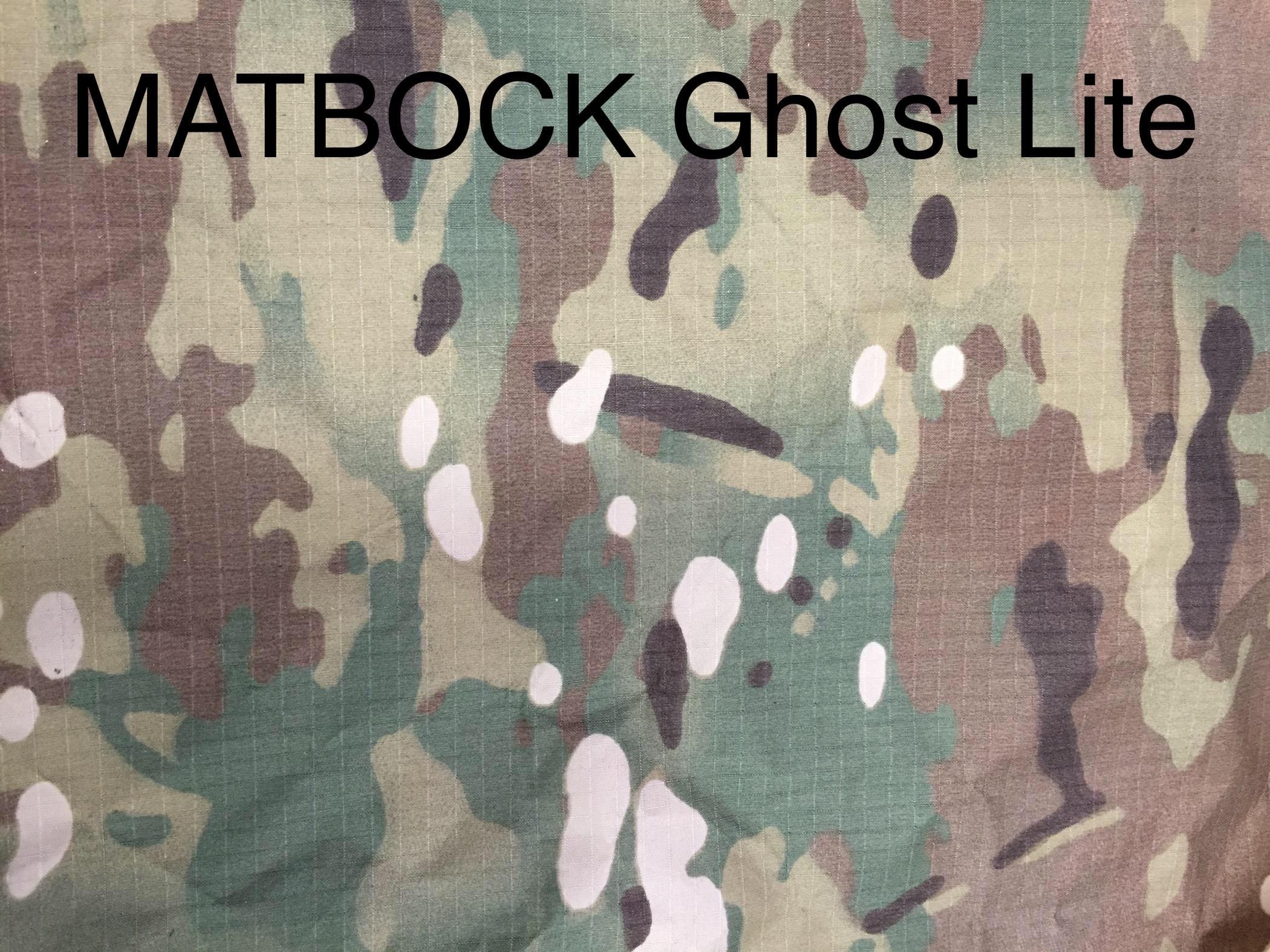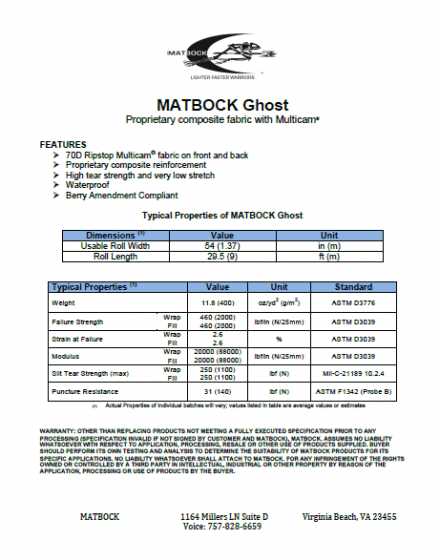West Valley City, UT – August 30, 2016 – Desert Tech has announced the full release of the TRASOL ballistic app complete with Heads-Up Display (HUD).
TRASOL is the first ballistic application to incorporate Heads-Up Display (HUD) technology. By using your mobile device’s built-in camera and onboard sensors, TRASOL allows users to point their device at their target and automatically generate extremely accurate ballistic solutions.
The HUD environment has highly intuitive drag and drop tools for quick input of range, wind speed/direction, and the device’s sensors automatically input atmospheric data. The HUD also allows tracking of moving targets to provide very accurate lead solutions. Lastly, the photo/video capturing capability allows you to log your shots easily and share them with your friends.
HUD Features:
A) Auto-sensing technology
B) Moving target tracking
C) Photo/video capturing with image zoom
D) Photo/video sharing
TRASOL was developed for precision shooters who rely on first round hit accuracy to 1500 meters and beyond. Desert Tech has developed new ballistic algorithms that reshape predictive flight curves to align with Doppler radar data, and accurately predicts the change in Ballistic co-efficiency through the flight of the bullet. TRASOL provides the most accurate ballistic trajectory predictions available.
Trasol calculates for bullet stability & spin drift, coriolis, density altitude, multi-wind bands, and rifle cant. Trasol also features cold bore tracking, tracking of zero settings, and field condition zero profile tracking.
Available for download on Google Play and iTunes.
Please visit www.Deserttech.com.



